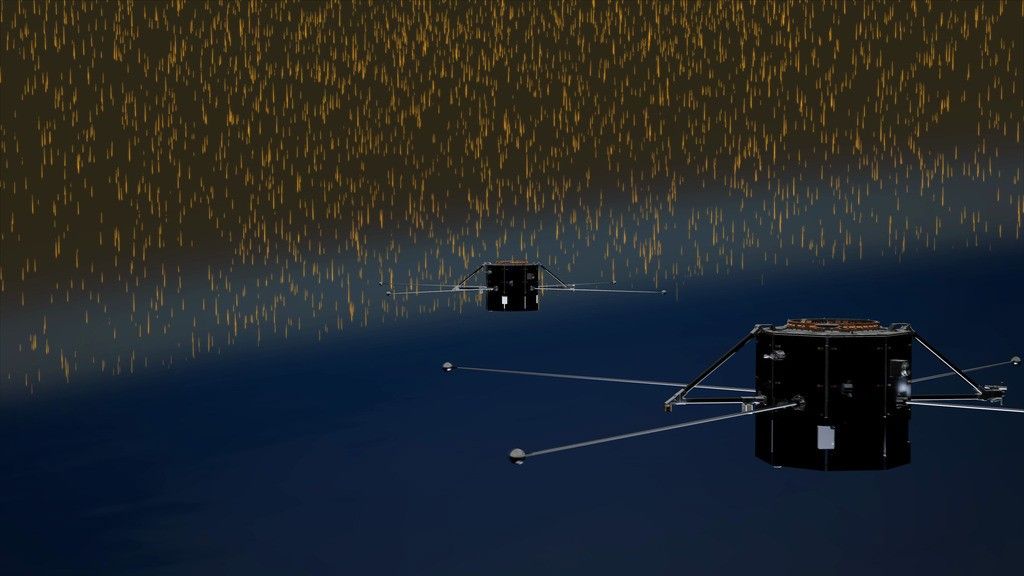TRACERS Mission Launch to Study Earth’s Magnetic Field

🚀 NASA Gears Up for the TRACERS Mission Launch
NASA is preparing for the TRACERS mission launch on Tuesday, July 22. The mission will lift off aboard a SpaceX Falcon 9 rocket at 2:13 p.m. EDT from Vandenberg Space Force Base in California. Along with TRACERS, three additional NASA-funded small satellites will also head to space.
☀️ Studying the Solar Wind and Earth’s Magnetic Shield
TRACERS, which stands for Tandem Reconnection and Cusp Electrodynamics Reconnaissance Satellites, will study how the solar wind interacts with Earth’s magnetosphere. This protective field shields the planet from harmful space radiation. In today’s tech-driven world, understanding space weather is crucial. Solar storms can disrupt power systems, communication satellites, and even astronaut safety.
🔬 Science Teams and Instruments Behind TRACERS
David Miles from the University of Iowa leads the TRACERS mission. He works alongside teams from the Southwest Research Institute, UCLA, and UC Berkeley. These teams developed specialized instruments that will measure changes in magnetic and electric fields. The goal is to better understand magnetic reconnection—a process that transfers energy between the solar wind and Earth’s magnetic field.
🛰️ Small Satellites Join the Ride
In addition to TRACERS, three CubeSat missions will launch. First, the Athena EPIC SmallSat from NASA’s Langley Research Center will test a quicker and more affordable way to deploy space sensors. Second, the Polylingual Experimental Terminal (PExT), under NASA’s SCaN program, will demonstrate new technology that lets spacecraft switch between communication networks—just like cell phones do on Earth.
🌍 A Historic First for New Hampshire
The third payload, called Relativistic Electron Atmospheric Loss (REAL), was built by Dartmouth College. This CubeSat will study how high-energy particles in Earth’s radiation belts scatter into the atmosphere. Its findings could help develop new ways to protect satellites. Notably, REAL is the first CubeSat ever launched from New Hampshire. As a result, 39 U.S. states, Washington D.C., and Puerto Rico have now participated in NASA’s CubeSat Launch Initiative.
🧭 Mission Oversight and National Support
NASA’s Goddard Space Flight Center manages TRACERS through its Heliophysics Explorers Program. The Launch Services Program at Kennedy Space Center supports the mission through its VADR contract. Together, these programs enable cost-effective access to space for cutting-edge science.


88win4, eh? It’s alright. Nothing special, but it offers some solid games. If you’re looking for somewhere pretty stable, give it a shot: 88win4
SSBET, yeah, heard about it. Seems alright, not a scam or anything. Don’t expect to get rich overnight! Find it : ssbet
VIPWin666: This site looking like a premium experience! 666 could be lucky for you, or for the provider!! Let’s see if you’re a winner… : vipwin666
Triangagame, new to me! The site looks interesting. Anyone know what kind of games they offer? Give it a try and tell me! Get started at: triangagame
Checking out c54game8 tonight. Heard they’ve got some new slots that are supposed to be hot. Anyone had any luck there recently?